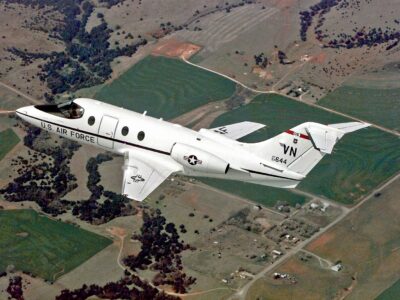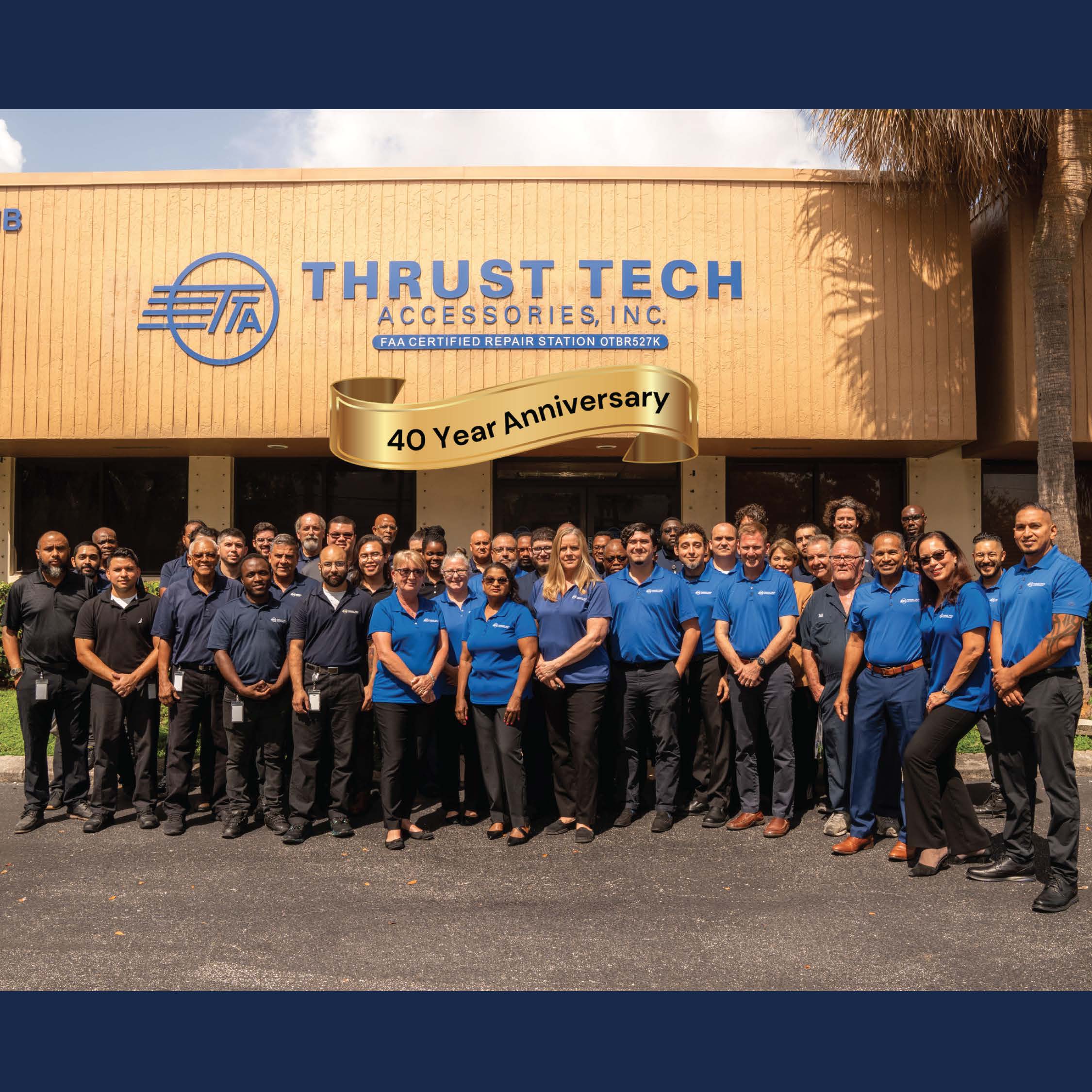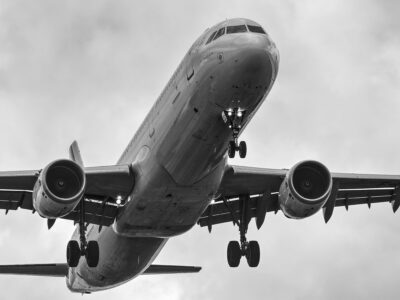
Location, Location, Location…
At the confluence of vital trade routes between South America, the Caribbean, and Europe – as well as a prime connecting point to most U.S. markets – South Florida is an increasingly busy stop-over for commercial airplanes, corporate jets, and privately owned aircraft. “Since the early days of aviation, this region has always been front and center,” says Stanley Kowlessar, president and general manager, Thrust Tech Accessories (TTA).
“But in 2022, South Florida has evolved into even more of an aviation industry ‘hot spot,’” he stresses. As a result, TTA, a veteran MRO-services company that operates a large, state-of-the-art MRO facility just north of Fort Lauderdale Executive Airport (FXE), is both prospering and growing.
“Certainly, as the aviation industry continues to adjust to shifting trends – including the rise of business aviation, increased reliance by consumers on private aircraft, and enhanced regional commercial operations – we’re extremely well-positioned geographically here in South Florida,” believes Kowlessar.
 TTA’s specialty is serving aviation industry clients with a robust portfolio of high-quality MRO services including repairs, service, and securing of original parts – PMAs and DERs. “We certainly do a significant amount of MRO business via mail and freight with aviation industry clients across North America, Europe, and the rest of the world,” says Kowlessar.
TTA’s specialty is serving aviation industry clients with a robust portfolio of high-quality MRO services including repairs, service, and securing of original parts – PMAs and DERs. “We certainly do a significant amount of MRO business via mail and freight with aviation industry clients across North America, Europe, and the rest of the world,” says Kowlessar.
But no matter how TTA receives business, the goal is to expertly service clients’ equipment, make expert repairs, and assure the repaired or new parts are returned to its customers in a safe and timely fashion. “Our goal is to help keep their planes in the air,” he stresses.
Robust Aviation Community
The current rise in regional airline, corporate aviation, and private aircraft operations is an exciting part of the tapestry of South Florida aviation. And certainly one important thread tying it all together here is the South Florida Business Aviation Association (SFBAA) – a robust community of local aviation-company members.
This regional aviation group, designed to foster and support the growth of business aviation, hosts a regular schedule of networking, joint projects, and business-to-business services, plus they support the many local communities with philanthropic efforts.
Location-wise, TTA is south of Palm Beach County, just minutes from downtown Fort Lauderdale, 13 miles from Fort Lauderdale-Hollywood International Airport (FLL), and not far from Miami-Dade County’s multiple aviation facilities.
“South Florida’s business climate is very robust, with enough companies based here to breathe a certain energy into the industry,” emphasizes Kowlessar. Couple that with Florida’s supportive business climate, and “we’re at the right place at the right time, and it’s a great place to continue to grow.”
A Storied Aviation Heritage
For many, South Florida is considered the birthplace of aviation maintenance. Certainly, the area has a storied aviation history. In 1911, South Florida’s first flight was a Wright Brother’s biplane that performed stunts to the delight of a large crowd watching in Miami.
No story about early American aviation, however, is complete without mentioning the pioneering work of Glenn Hammond Curtiss, considered the founder of the American aircraft industry. After coming to Miami to open a flight school 1921, he went on to design and build the predominant civil and military aircraft used during the World Wars I and II.
During the interwar period, the first modern U.S. passenger terminal was opened in 1928 by Pan American Airways in Miami. Also known for its huge Clipper flying boats taking off and landing at Dinner Key in Miami, Pan Am revolutionized international travel.
Miami also was a stronghold for the original Eastern Airlines, which operated between 1926 and 1991. In addition, in 2007, 23-year-old Barrington Irving took off from Opa-locka Executive Airport in a single-engine plane. Landing three months later back in South Florida, he became the youngest person and first African American to fly solo around the globe.
Moving into the Future
While grabbing fewer headlines, today’s aviation trends are an important part of the industry’s history too. “In the 2020s, commercial airlines are now using smaller aircraft on many routes and corporate business travel is regaining its place, Kowlessar notes, adding that “consumers also are increasingly opting for private aircraft flights – much more so than in the past.”
“Put all that together, and that’s the segment of the business we participate in,” says Kowlessar. “Navigating through the latest chapter of aviation industry history, despite its challenges, I believe our future looks very bright.”
Top Photo: Adolfo Félix on Unsplash






